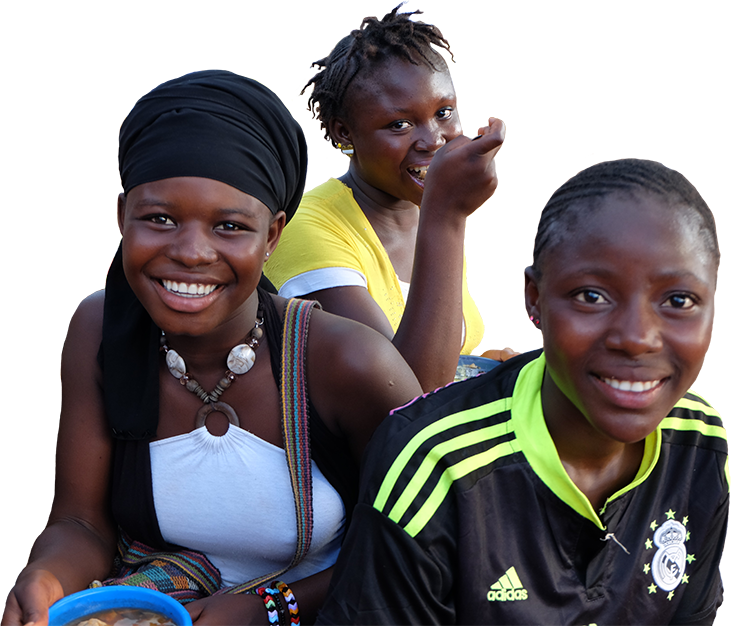Advocacy is an important tool to gain political commitment and stakeholder support, and secure resources for adolescent nutrition programming. The Adolescent Nutrition Resource Bank includes documents used to advocate for adolescent nutrition programs and services. If you have relevant advocacy materials or tools, please send them to info@advancingnutrition.org.
We found 66 resource(s)
Stepping Up Effective School Health and Nutrition: A Partnership for Healthy Learners and Brighter Futures
Information, Education and Communication Materials published by UNESCO in
Stepping up effective school health and nutrition is a partnership comprised of several United Nations and multilateral agencies dedicated to prioritizing school health and nutrition on national, regional, and global agendas through a holistic approach of linking education, health, and food systems.
Prevention of Overweight and Obesity in Children and Adolescents
Guideline/Guidance published by UNICEF in
More than 340 million of children age 5–19 have overweight, and growth is most rapid in low- and middle-income countries. This set of materials includes a program guidance, which guides countries in adapting programming to the changing face of malnutrition, and an advocacy strategy guidance to support UNICEF offices and partners in adapting the…
Controls on the Marketing of Food and Non-Alcoholic Beverages to Children in Thailand: Legislative Options and Regulatory Design
Technical Report published by UNICEF in
UNICEF developed a background evidence report for the Government of Thailand to support the introduction of stronger controls on the marketing of food and non-alcoholic beverages to children.
Our First Baby: Flipbook
Information, Education and Communication Materials published by Save the Children in
This flipbook accompanies the Facilitator’s Guide for Our First Baby: Health Education for Adolescents Who Are Pregnant Or First-Time Parents. It is designed to be used by a facilitator in group sessions in the community.
Youth Leaders for Nutrition Advocacy Toolkit (Advocacy Guide and Adolescent Nutrition Briefs)
Training Material published by Global Alliance for Improved Nutrition (GAIN), Save the Children, Youth Leaders for Nutrition in
Created through a participatory and collaborative process with SUN Youth Leaders for Nutrition, this toolkit helps youth to design, develop, and implement an advocacy strategy for improving adolescent nutrition. The toolkit includes a step-by-step guide, advocacy planning checklist, briefs on nutrition issues, briefs on issues that impact…
National Multi-Sectoral Coordination Framework for Adolescent Girls 2017/2018-2021/2022
Framework published by Government of Uganda, United Nations in
This multi-sectoral framework outlines the government of Uganda’s commitments and efforts related to investing in adolescence as the second decade of life. It describes how ministries will coordinate to deliver services to achieve sustainable results for adolescent girls. Although it is not focused on nutrition, the framework advocates for…
Identifying Nutrition and Health-Relevant Behaviors, Beliefs, and Values of School-Going Adolescent Girls in Rural Bangladesh: Context for Interventions
Journal Article published by Current Developments in Nutrition in
This study, which focused on adolescent schoolgirls in rural Bangladesh, aimed to describe the context for effective intervention planning for a replicable model of integrating nutrition activities into social programs. The study revealed the importance of teachers and mothers as information sources, and the dietary and cultural roles of purchased…
Integrating Adolescent Nutrition within the National Development Strategy: "Nourishing our Present and Future"
Policy published by Global Alliance for Improved Nutrition (GAIN), Nutrition International, UNICEF in
This policy brief outlines the current nutritional status of adolescents in Indonesia, highlights national policy efforts to fill gaps in adolescent nutrition, and provides recommendations for future nutrition interventions. It also contains specific information for targeting out-of-school youth and keeping youth in school.



